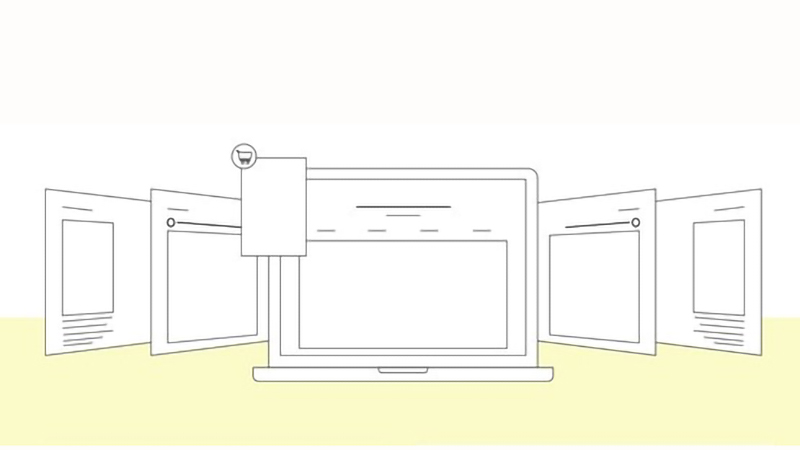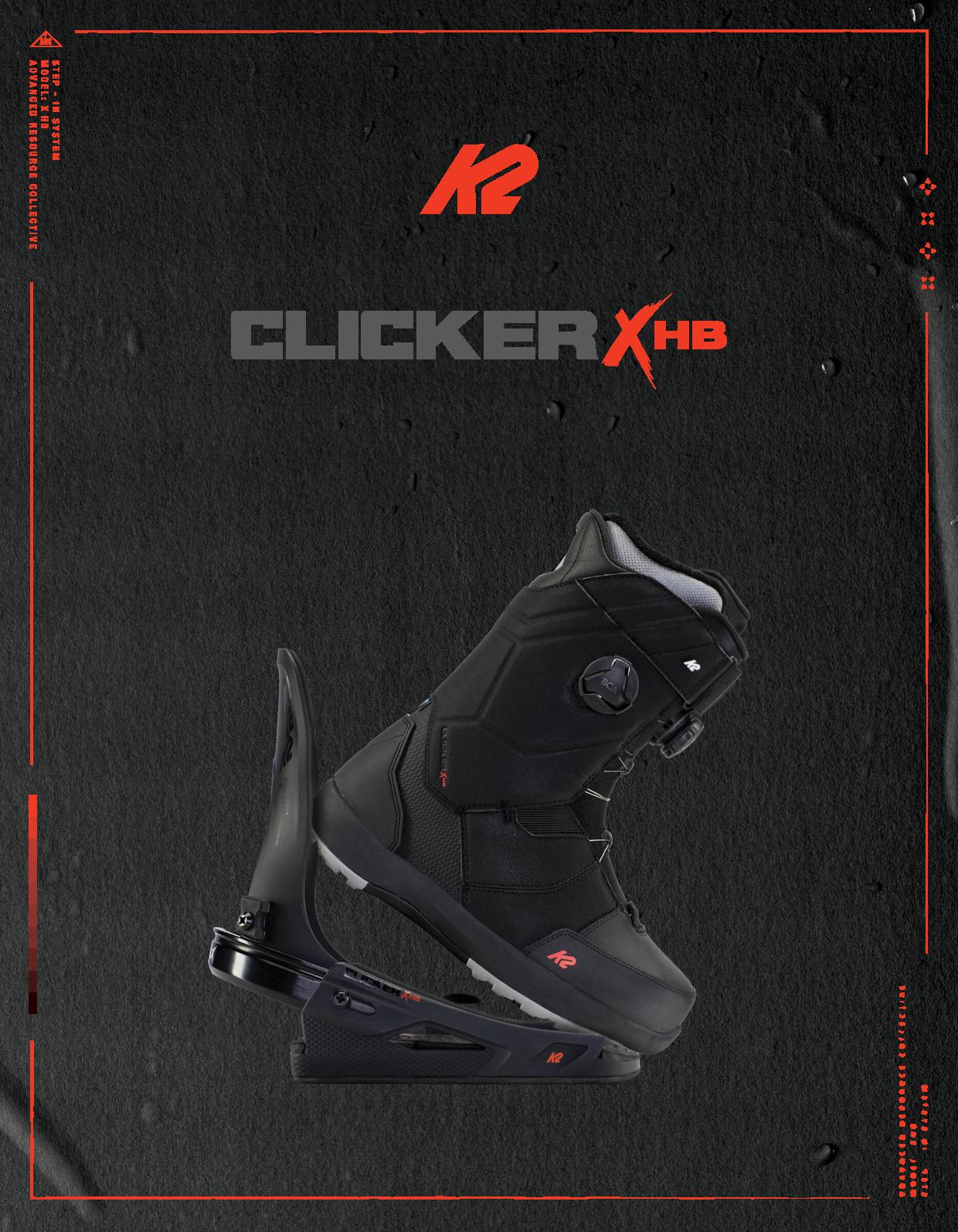
Using Digital To Supercharge Your B2B Sales
Even before COVID hit, things were a-changin’… the writing was firmly on the wall for the old school approach. It was the beginning of the end for writing orders in a notepad or – worse – over the phone from a paper catalogue. The pandemic was the nail in the coffin. The digital transformation of the boardsports industry is here; we take a look at the major players in the game and check out the advantages, and potential pitfalls, of the different technologies out there.
“With COVID, 2030 basically got pulled to 2020. And with it, all trends that relate to digitalization. And the businesses that were more digitally native have already replaced over 90% of their lost sales”. Tobias Lutke, Shopify Plus.
“In these strange times we have been pushed and inspired to come up with new ways to do business. We were already making plans with Elastic Suite, our B2B platform when the Covid-19 outbreak occurred but the pandemic put our plans on the fast track” Katrina Stronkhorst, Protest.
Brands are unanimous; implementation of a B2B sales platform is a Good Thing and helps them to sell better. Of the brands we spoke to, most use off-the-shelf platforms like Elastic and NuOrder; K2 use Mobimedia and Picture Organic Clothing use Salesforce’s own B2B. Dependence on custom-built, in-house solutions is trending down. “We have been shifting to Elastic from our customized BIN (Burton Information Network), which will go offline next April”, says Burton’s Territory Business Director Dominik Flatscher. “Burton will use Elastic for Preseason Order W21/22 intake and expand to a B2B Platform covering all needs including Preseason, Reorder, Closeout, Shipment Tracking and so on”.
From a brand’s perspective, the way these platforms work is broadly the same; data is sent from their ERP into the B2B platform, where it is presented to prebook and reorder buyers within the architecture of the provider. Orders are written and submitted, then exported back into the ERP for treatment by sales coordinators. In short, when a retailer logs onto a brand’s B2B space, they’re seeing a brand’s catalogue through the lens of the provider’s framework. The goal is for everyone to sell better and work less, using the technological advantages to make the process faster and more accurate than old-school manual order form processing.
B2Bs have won legions of fans as reps, techy retail buyers and dealer services teams hail the time-savings and ease of use…but we also heard frequent grumbles from brand IT departments as they invest time and energy to support rapidly changing business needs, and struggle to make urgent repairs as bugs arise.
But sell-in is universally better because of these platforms. “Yes, that’s true, says Picture’s Global Sales Manager Gérald Matter. “A B2B makes life easy for the shop: not an Excel ATS, but photos + price, click, order. Easy. We have a very limited stock for reorder…only 7% of our total sales. But on reorder alone, our B2B has grown our reorder business by 50%”. This was a common theme; there’s no question that a B2B enables shops to check inventory and order at their convenience. Retailer Claude Ticon from Manly Sport in Morges (CH) is a user of Elastic, NuOrder and others. He said: “We appreciate the ease of ordering. But some of these B2B platforms are way too complicated, and it’s difficult to find the products you’re looking for. We do a bit more business, especially on reorder, thanks to B2Bs”.
The merchandising advantages are also hard to deny. NuOrder’s Cillian Drury showed us his slick virtual showrooms, digital catalogues and immersive, 360° linesheets which are their key advantages, and have won them over 2500 brands globally. Better than an unsustainable and dog-eared paper catalogue, for sure. Competitor Elastic, who are more present in the outdoor space, put their focus on ease of use and customisation of experience. European MD Johan Westerholm says “Curation and segmentation to get the right product mix to retail partners is what Elastic enables brands to do. Dealers and buyers have become accustomed to using it. In Europe and North America, we are the B2B of choice among surf/skate, outdoor and snow hardgoods and softgoods manufacturers. With such an unparalleled client list having adopted Elastic already, we have become the standardized buying experience between brands and their retail partners”. Standardization is good here; there are a lot of best practises in this area which custom built B2Bs can easily miss without solid roadmapping and frequent releases.
It’s important to note, however, that an off-the-shelf solution is not, by definition, going to fit all businesses perfectly…tweaking will be required. Brands we spoke to complained of slow development progress and sometimes-patchy support from the providers. Also, B2B systems do not come cheap, and the upfront investment costs need to be offset against the forecast sales increases. Which you might have made anyway, of course.
“Overall we’re happy, but there is still too much we need to do ourselves”, say Nitro. “All the IT companies always say no problem, but when it comes to solutions it’s more difficult. Never trust IT people if they tell you they understand your business. They all need to get more experience to do it better”, they caution. Since B2B providers are key parts of our business, it’s up to us as the industry to explain and show them the nuances of our world and the specific technical requirements that we need.
From a shop point of view, it seems retailers are happy to use B2Bs, albeit warily. “Today, clients don’t want to wait; they want to know if the product is available right away. So it’s undeniable that the B2B systems boost customer experience. And it’s really convenient; I’ve already placed plenty of orders on a Saturday night, from home, with a beer in my other hand. Classy, huh?” Steve Wasmer from Technosurf Proshop in Grand Saconnex (CH) told us. “But we’ve had some problems with clients because of stock issues; you check the live stock and find the perfect product, make the sale, the client pays, then two days later you get an email apologising and saying the inventory was off. Everyone is disappointed; you lose the sale for sure and probably the client too”.
Whilst the accuracy of the platform is dependent on the quality of the input data, the platforms themselves are only as efficient as the people operating them. Training is also important – both on the front end and back end. “Yeah, training of employees is key – they have to work with the system on a daily basis. This leads into a lot of synergies where employees can concentrate more on important things and less on system or manual work”, emphasized Burton’s Dominik Flatscher. Retailers we spoke to were also keen for platform training; none had received any so far and all said they’d benefit. In short, whether brands or shops, we’re all still snowboarders first and businesspeople second, so that intuitive B2C-style experience is definitely what we’re looking for, even in a B2B context. No-one ever needed an instruction manual or training session to use Amazon, after all. NuOrder’s Cillian was quick to cite their mobile app as a useful and popular tool for retailers to use to check inventory and submit orders; this is a definite plus, as in our experience the mobile web experience of a brands’ B2Bs aren’t especially clean.
As more and more brands begin to use off-the-shelf B2B platforms, they’ll also be able to leverage the advanced functionality tucked away within the systems. No brand we interviewed felt they were maximising the potential of their solution yet. Understandable, as the tech is all pretty new…and constantly evolving. It was encouraging to hear that efforts are being made to integrate B2Bs with the other parts of brands’ digital ecosystems – particularly for DAM/product assets or logistics information. Fewer passwords to remember, and easier to get more done, faster, on the shop side.
Any advice for brands who haven’t taken the plunge yet? “Definitely go for the latest version”, says K2’s Carsten.” And it’s definitely a good idea to take lots of time and choose the perfect system for your needs. It can get very expensive if you don’t have a clear plan and strategy”, confirms Nitro. According to the B2B providers out there, onboarding time is between one and four months depending on the complexity of the integration. But get it right, because “it is imperative to give B2B buyers the same experience digitally that you would physically”, urges RepSpark’s Meghann Butcher. “Include your marketing, merchandising and ecommerce team to help create this easy and frictionless buying experience”. And from there on out, the sky’s the limit.
This is happening and being a part of it will make your life easier and improve the way you work. Ultimately this is something everyone is going to need sooner or later; whether you’re a retailer, brand or somewhere in between. Alternative platforms like Shopify Plus, RepSpark or Joor have yet to make inroads in our world but are very present in the apparel / FMCG worlds, and offer compelling platforms with undeniable performance advantages. Over to Cedric Nidecker, CSO of the Nidecker Group, for the last word; “Any tool which can give our distributors and dealers a better experience, and add value to our business, simplify their lives and give them more time to service and inspire our customers is a no-brainer”. Hear, hear.








